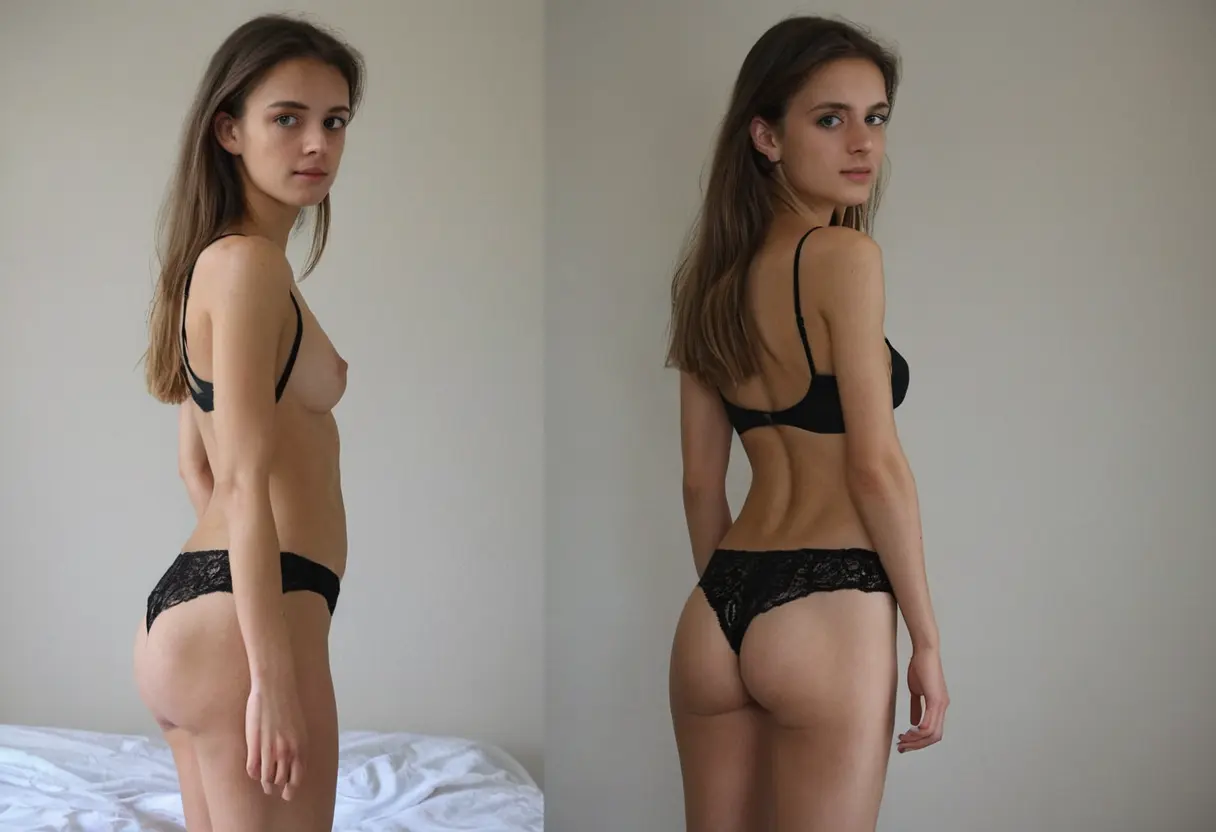Deepfake technology, once seen as a dangerous and ethically questionable tool, has evolved dramatically over the past few years. One of the key players in this revolution is Undress AI, an innovative technology that is reshaping how deepfake content is created and used. By pushing the boundaries of artificial intelligence (AI) and computer vision, Undress AI is not only enhancing the realism of synthetic media but also introducing new possibilities for both entertainment and digital security. This article will delve into how Undress AI is transforming the landscape of deepfake technology, its applications, challenges, and future prospects.
Undress AI is an AI-based system that specializes in image manipulation, primarily focused on the de-clothing or “undressing” process within deepfake technology. This technology uses sophisticated algorithms and neural networks to create highly realistic synthetic images or videos that modify or alter the visual presentation of individuals, such as removing clothing in a digital format. While controversial, this technology also has significant applications beyond its ethical debates, including virtual try-ons, fashion design, and privacy-enhancing solutions.

Deepfake technology relies on powerful machine learning models, primarily Generative Adversarial Networks (GANs), to produce hyper-realistic synthetic media. Undress AI, in particular, uses AI to generate images that mimic real-life depictions of individuals, adjusting and manipulating visual details to create a seamless and convincing result. Some key components driving the success of Undress AI include:

While the most discussed application of Undress AI revolves around its ability to remove or alter clothing in digital media, this technology has numerous other potential uses. Some of the most notable applications include:

Despite its groundbreaking advancements, Undress AI has sparked significant ethical concerns, particularly regarding privacy and consent. Some of the primary ethical issues include:
As Undress AI continues to evolve, the future of deepfake technology looks both promising and daunting. On one hand, AI models are improving in their ability to create hyper-realistic, seamless media that can be used for entertainment, fashion, and privacy protection. On the other hand, the ethical challenges posed by this technology are likely to intensify, requiring better safeguards, stricter regulations, and more robust AI models to detect and prevent misuse.
The future of Undress AI will also be influenced by ongoing research and development in the AI space. Advancements in machine learning, computer vision, and ethical AI could lead to solutions that allow for both the positive use of deepfake technology while minimizing harm. As the AI community works toward improving transparency and accountability, it is crucial that developers, lawmakers, and society as a whole engage in thoughtful discussions about the responsible use of such technologies.
Undress AI is undoubtedly one of the most influential and controversial innovations in the realm of deepfake technology. While it offers groundbreaking possibilities for industries like fashion, entertainment, and digital security, it also presents significant ethical and societal challenges that cannot be ignored. As the technology evolves, it is essential for developers and regulators to work together to ensure that its use remains both beneficial and ethical. Ultimately, Undress AI and other deepfake technologies have the potential to revolutionize multiple sectors, but they must be carefully managed to prevent misuse and protect individual rights and privacy.

How AI is Revolutionizing the Adult Industry with Free Nude Content Technology

Understanding the Ethics and Implications of AI in Image Alteration

How Undressing AIs is Shaping the Future of Artificial Intelligence Development

Discover the Best Nude and Undress AI Tools for Free Access

How AI Photo Undresser Technology is Revolutionizing Image Editing

How to Access Undress AI App for Free and Explore Its Features